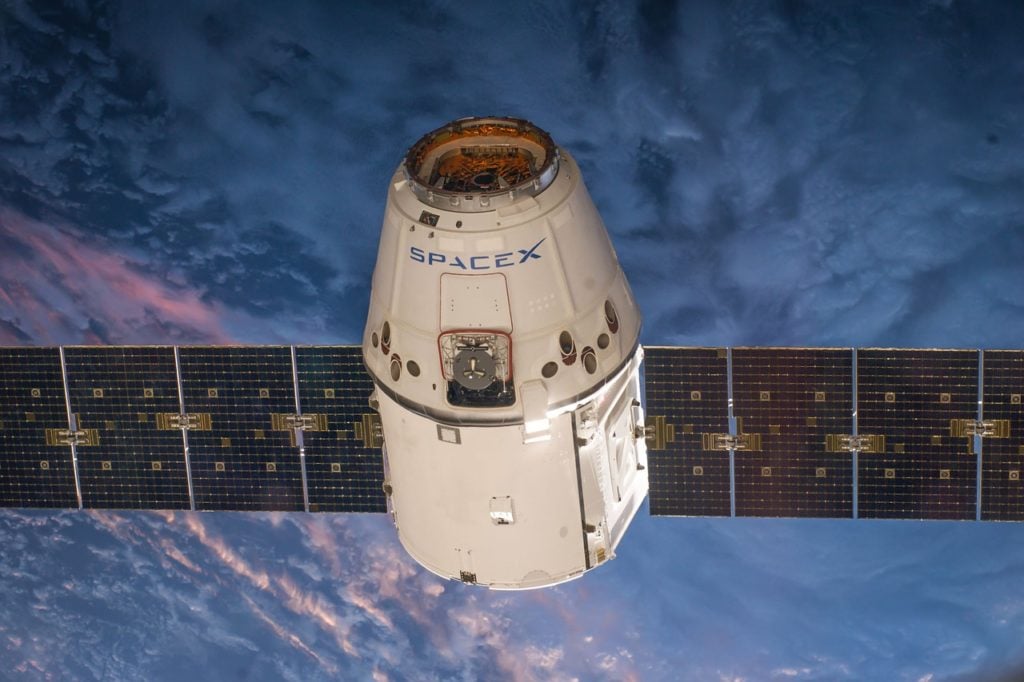SpaceX wants to get into the business of beaming internet now to Earth from space, and it has a plan to do it. In fact, CEO Elon Musk has apparently been planning to offer satellite internet from SpaceX for years, based on a filing with the Federal Communications Commission.
Musk’s private spaceflight company is preparing to launch two experimental satellites on Sunday, the first of what he hopes will eventually be 12,000 satellites to be used for beaming internet down to Earth. It seems like SpaceX is moving beyond where Google was a few years ago with its plan to beam internet down from balloons as part of Project Loon.
The satellites that will be launched on Sunday will be called Microsat-2a and Microsat-2b, and although they’re scheduled to be carried into orbit just days from now, they’re not expected to go into service until sometime in 2019. The question now is whether satellite internet from SpaceX will be any better than the offerings that are currently available. The Washington Post notes that available offerings are not only expensive but also not for the general public.
Satellite internet is currently used by organizations or firms which need access in remote locations. The Post states that it can cost hundreds of dollars per day for first responders in an area hit by a natural disaster to access a mere 5Mbps of satellite internet in areas where infrastructure is too damaged to use.
Earlier this month, SpaceX filed an update to its plan of beaming internet from space with the FCC. It’s a very minor revision to the altitude of the company’s experimental satellites, which will blast off on a Falcon 9 rocket as a secondary payload being carried into orbit for PAZ.
The satellite internet from SpaceX is aimed at not only making it more reliable but also less expensive and more practical for the general public. The internet service from SpaceX will rely on satellites that are orbiting lower than other satellites that are being used for the purpose currently. The result is that the amount of time needed for the internet signal to be beamed down to Earth is shortened. This should make satellite internet more accessible to more potential users around the globe.
The Verge explains further how the satellite internet from SpaceX will eventually work, based on another FCC filing from last year. Of the 12,000 satellites that are expected to be used, 4,425 of them will orbit at a height of about 700 miles above Earth. Another 7,618 satellites will be orbiting at 200 miles above the earth and beaming internet on a different frequency than the other set of satellites.
SpaceX isn’t the only well-known name aiming to get into the satellite internet business. A few years ago, Facebook picked up a lot of press when it teamed up with Eutelsat with a plan to launch a satellite that would be tasked with beaming internet down from space. It’s unclear where the plan is now, but last we heard, the two companies were planning on targeting Africa with their satellite internet. SpaceX is certainly better positioned than Facebook, given that it delivers satellites into orbit for various customers on a regular basis.












